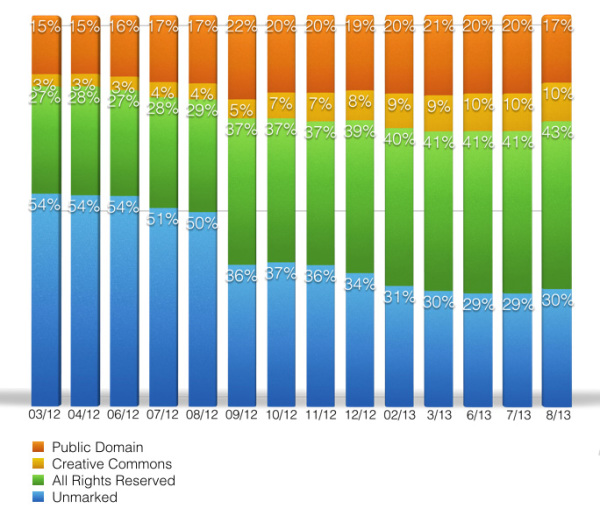Europeana: making Europe’s cultural heritage available for reuse
Since 2009 we work with Europeana on policies and tools to ensure that Europe’s cultural heritage is as widely available and reusable as possible.
- Contact
- Paul Keller

Europeana is Europe’s largest cultural heritage search engine. By combining databases from over 3,000 European cultural heritage institutions it gives a unique online perspective on Europe’s cultural heritage. Europeana.eu and its APIs++APIs?APIs are ways for computer programs to communicate with each other. Using APIs developers can make their own products based on the Europeana dataset. make over 33 million cultural objects from museums, archives, libraries and other institutions available to its visitors.++UPDATEAt the end of 2018 we have ended our activities in the areas of copyright and cultural heritage. Kennisland has been working on these themes for over a decade. Read what we have done to improve copyright and access to digital heritage.
Digitised cultural heritage collections are most valuable when they can been accessed and reused by anyone interested. Digitisation allows++Heavy restrictionsThe institutions are bound by heavy copyright restrictions, making sharing a considerable feat. cultural heritage institutions to open up their archives and depots and make them available to the public, which means that everyone with access to the Internet can fully explore our heritageThis means that everyone with access to the Internet can fully explore our heritage..
Being able to see all photographs related to the First World War++1914-1918Take a look at the pictures! from over 3,000 archives and museums yield great benefits to researchers and the public alike. Being able to see fashion++Fashion Take a look at these designs. throughout centuries brings inspiration for new designs. Digitising their collection allows cultural heritage institutions to engage with audiences in new ways and ensures that the knowledge these institutions have, becomes publicly available++Data Exchange AgreementKL developed a Data Exchange Agreement together with the Institute of Information Law and the National Library of Luxembourg. This agreement covers all 33 millions works that Europeana makes available..
No reuse possible without clear copyright information
Unfortunately this does not mean that digital reproductions of the works held by institutions can automatically be made available for reuse. Without clear information on the copyright status of a work it is impossible to know if a digital reproduction of a painting, map, book, photo or other work can be used. Without clear rights statements digitised cultural heritage objects may be availableEuropeana is the world’s biggest online aggregator for reusable cultural heritage works. to look at, but society needs more. Society needs to be able to build upon our culture, create new interesting, thought provoking cultural objects that enrich education, boost the creative industries and entice experimentation in science. In order to do this we need clarity on the ability to reuse cultural objects.
Europeana Licensing framework (ELF)
This is why, together with our partners++PartnersWe have developed the ELF together with the Institute for Information Law, the Bibliotheque Nationale de Luxembourg and Europeana., we have developed a licensing framework for Europeana that ensures all metadata published by Europeana++Metadata onlyEuropeana only publishes metadata, the descriptive information about the objects that are made available by the contributing cultural heritage institutions. can be reused by anyone for any purpose. In addition, the licensing framework ensures that each digital object made available via Europeana (such as a map, a book or a sound recording) carries a machine readable rights statement. These rights statements are inspired by Creative Commons licenses++Creative CommonsSee CreativeCommons.org for a detailed description of these licenses. and clearly communicate if, and under which conditions, the associated digital objects can be reused.

By October 2014 all 33 million objects available via Europeana carry a rights statement. Almost half of these rights statements allow some form of reuse, which makes Europeana the world’s biggest online aggregator for reusable cultural heritage works.

